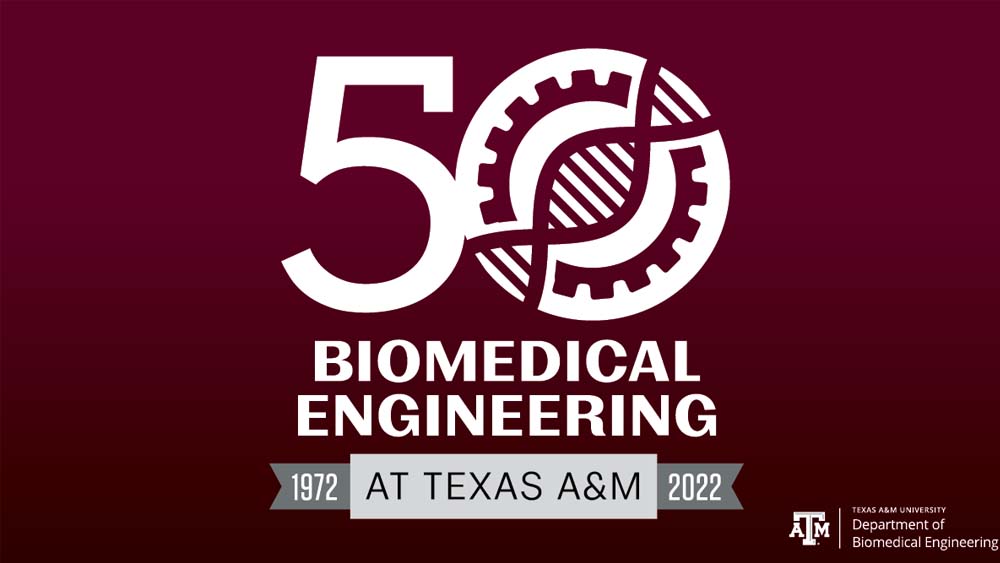
The Department of Biomedical Engineering is celebrating its 50th year as a program in 2022. In recognition of this milestone, we interviewed current students to learn what drew them to biomedical engineering, their favorite part of the major and what advice they have for prospective students.
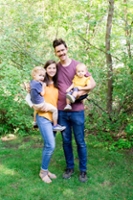
Samuel Briggs
Class: Ph.D. ’22
Hometown: Logan, Utah
Q: Why did you choose biomedical engineering as your major and career path?
A: My decision to choose biomedical engineering came largely from two factors. The first was my AP biology teacher in high school. He did a great job of tying the lectures to everyday life and encouraged us to not only understand the material but also think about how we could use it to better our lives. The second factor was the diagnosis of my father with congestive heart failure. I remember being frustrated by not really understanding what was happening and, when I learned about biomedical engineering, I realized it would allow me not only to understand medical conditions but also to help find solutions for others.
Q: What steps have you taken to make it where you are today?
A: I surround myself with people who support, encourage and challenge me. My high school AP biology teacher, Larry Litizzetti, started my love of biology. My undergraduate research mentor, Fernando Agarraberes, gave me hands-on experience with the scientific method. My mentor at GE Healthcare, Joseph Camire, showed me how research happens in an industry setting and encouraged me to pursue a Ph.D. My current advisor, Dr. Duncan Maitland, has taught me how to perform novel research, publish papers and network in the biotechnology industry. However, for my personal journey, the support of my wife and kids, day in and day out, has been the critical "step" in making it to where I am today, and for that, I am thankful.
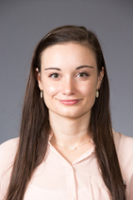
Melanie Painter
Class: M.D./Ph.D. ’25
Hometown: Farragut, Tennessee
Q: What has been your favorite part about majoring in biomedical engineering so far?
A: The biomedical engineering department at Texas A&M has excellent resources to guide students as we develop skills necessary to reach our potential as entrepreneurs, inventors and engineers. One of my favorite parts has been Sling Health (student organization). Through Sling Health, I've had the opportunity to further my knowledge of patent law, the business side of medical technology and how to successfully pitch an idea to investors.
Using the connections and skills I've gained, I co-founded a medical technology startup with a surgeon and another Texas A&M graduate student. I am excited to continue to grow this startup during my time at Texas A&M and beyond.
Q: What advice would you give to prospective students?
A: Intentionally seek out the opportunities that excite you and align with your interests — and it is okay to turn down good opportunities that don't excite you. There are so many great opportunities at Texas A&M that you couldn't possibly take advantage of every single one. Prioritizing the classes, projects and organizations at Texas A&M that truly excite me and align with my goals has allowed me to more fully realize my potential (and enjoy it).
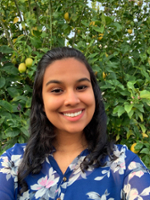
Rithika Adavikolanu
Class: B.S. ’22
Hometown: San Francisco, California
Q: Why did you choose biomedical engineering as your major and career path?
A: I always knew that I wanted to go into a field that was very hands-on, but there was something about the intersection of medicine and engineering that really drew me in. What's amazing about biomedical engineering is that it is such a multifaceted field and brings together so many traditional engineering disciplines like electrical, mechanical, chemical and computer engineering. As long as you have the passion to bridge gaps in health care through innovation, there's so many different routes you can go with one degree.
Q: What advice would you give to prospective students?
A: This is a field that can be involved with all sorts of disciplines. If you’re interested in research, look into getting involved early on. No one expects freshmen and sophomores to know everything, so don’t be nervous to put yourself out there. I encourage everyone to give research a shot to see if it’s something that interests you, but if not, take some time to explore all the other ways to gain academic enrichment outside of the classroom (Aggies Invent, hackathons, Biomedical Engineering Society (BMES), student ambassadors, etc.). There’s a lot that can only be learned by doing. We’re so lucky to have the resources that we have at Texas A&M, and the best thing you can do for yourself is to take advantage of them.
Q: What steps have you taken to make it where you are today?
A: The most helpful thing throughout my college career has been learning to accept failure with an open mind instead of meeting it with discouragement. I've learned so many new technical and soft skills just by learning from mistakes in terms of understanding what worked and what didn't work. In addition, treating every experience as a resource has been a huge step toward realizing what I take a liking to. I've learned to think about bad experiences as a way to gain insight on what you are not interested in instead of a waste of time.
Ruby Ross
Class: B.S. ’22
Hometown: Bryan, Texas
Q: What advice would you give to prospective students?
A: To people interested in biomedical engineering, I would say — talk to as many people in the field as you can. While it may seem intimidating to reach out to people you've never met, most people love to talk about their passions. There are so many aspects to the field that you may have never considered because you didn't know it existed. Building connections helps you gain soft skills, grow your network and learn more about the career you're deciding to dedicate four years of your life to pursue.
Q: Where do you see yourself in 5-10 years?
A: In 5-10 years I see myself managing diverse teams of people to exceed their potential. Through the organizations I've joined in college, I've learned that I am inspired by the potential for growth. I love bringing together people with unique skills as they combine their talents to achieve more than they could on their own. I've seen this during my internship at iBio, in my senior design group and in Engineers Without Borders. As a project manager, I hope to empower teams to develop novel vaccines, therapeutics and devices that improve human health.
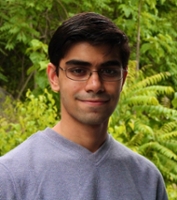
Hamzah Ahmed
Class: B.S. ’22
Hometown: Plano, Texas
Q: What has been your favorite part about majoring in biomedical engineering so far?
A: My favorite biomedical engineering course I've taken has to be the two-semester physiology sequence I had through the (Department of Veterinary Physiology and Pharmacology) in my sophomore year, taught by Dr. Jayanth Ramadoss at the time. The course did an excellent job of blending scientific knowledge with practical application, and it really set the foundation for the rest of the major.
Q: What steps have you taken to make it where you are today?
A: I engaged with research as early as I possibly could through the Aggie Research Scholars program. I also read industry news on a daily basis to develop familiarity with key players in the market. My early research exposure and industry familiarity allowed me to seek out professional experiences earlier than I would have been otherwise able to. My 15-month co-op with Regeneron and my three-month internship with Bristol Myers Squibb, in addition to my summer research with the University of Illinois, Urbana-Champaign, were all integral to getting me to where I am today.

Hunter Syas
Class: B.S. ’23
Hometown: Beaumont, Texas
Q: What has been your favorite part about majoring in biomedical engineering so far?
A: Biomedical engineering is a great major for learning medicine, engineering-leveled math, design, anatomy and the components that operate medical devices. I think it’s the greatest "all-round" engineering major that Texas A&M has to offer. Plus, I could not be prouder to be in one of the most diverse departments in engineering within the university. There are so many opportunities for research, team projects, understanding your passion, learning how to save lives and building a career.
Q: Where do you see yourself in 5-10 years?
A: I think that a person's path and/or career choice can shift constantly depending on experience, and there does not have to be a set destination, but there can be different rates at which people obtain their goals. I ultimately want to pursue biomedical engineering within corporate health care interrelations; helping to reform systemic gaps within the medical industry and innovating medical devices that further support under-supported communities.